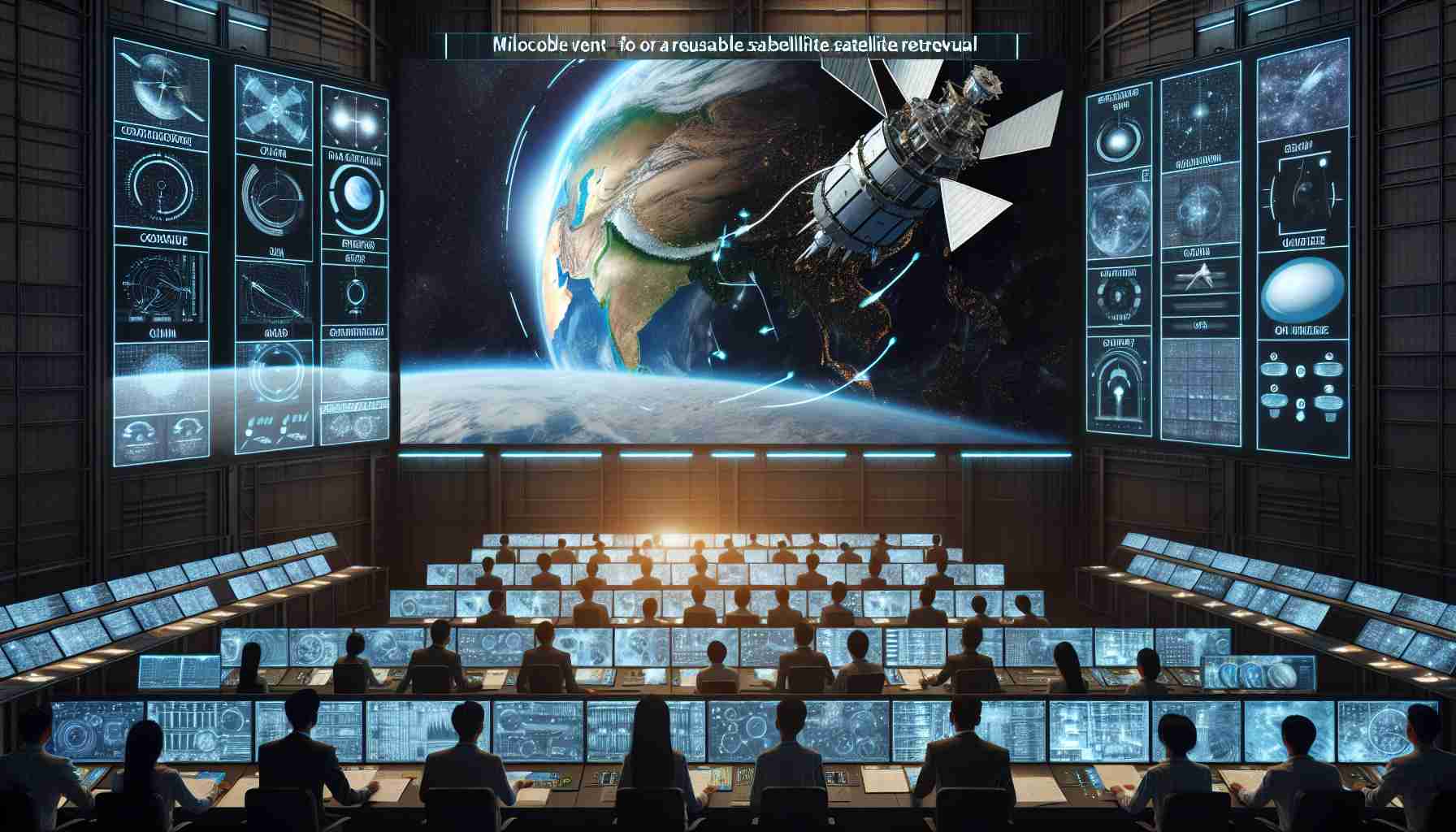
China has reached a significant milestone in its space exploration endeavors by successfully retrieving its inaugural reusable test satellite, Shijian-19. The satellite’s recovery occurred at the Dongfeng landing site in Inner Mongolia, precisely at 10:39 a.m. Beijing Time last Friday, according to the China National Space Administration (CNSA).
This achievement highlights a variety of advancements in technology and research. The CNSA reported that all payloads returned from the satellite, encompassing areas such as plant and microorganism research, autonomous control systems, and experiments tailored for scientific and cultural advancements, were successfully retrieved.
Launched on September 27 from the Jiuquan Satellite Launch Center, Shijian-19 has pioneered several technological breakthroughs. These include innovations in the satellite’s reusability and a capability for damage-free recovery, which are vital for future missions. The flight tests not only validated the satellite’s performance as a reusable platform but also met all intended technical specifications.
With its ability to provide high microgravity conditions, Shijian-19 plays a critical role in space research. It enables a range of studies in microgravity and space life sciences, delivering important data that contributes to advancements in these fields.
Moreover, the satellite engaged in international collaboration by carrying payloads for global partners, thereby strengthening China’s contributions to the broader scope of space exploration.
China Achieves Milestone with Reusable Satellite Retrieval: A New Era of Space Exploration
China has marked a significant advancement in space technology with the successful retrieval of its first reusable test satellite, Shijian-19. This achievement underscores China’s emerging capabilities in space exploration, particularly in the domain of satellite reusability, which poses substantial implications for future missions. The satellite was recovered on September 29 at the Dongfeng landing site in Inner Mongolia, marking a pivotal point in China’s space program as reported by the China National Space Administration (CNSA).
Exploring New Frontiers: Key Questions and Answers
1. What are the implications of this milestone?
The successful retrieval of Shijian-19 paves the way for more sustainable and cost-effective space missions. The ability to reuse satellites significantly reduces the costs associated with launching new ones, which could democratize access to space for scientific research and commercial endeavors.
2. How does this achievement compare with other countries’ reusable satellite technologies?
Other nations, especially the United States with SpaceX’s Falcon 9, have made strides in reusable technology. However, China’s distinct approach and emphasis on satellite reusability position it as a formidable player in the global space race.
Key Challenges and Controversies
While the success of Shijian-19 is commendable, it does not come without challenges. Critics argue that reliance on satellite reusability may lead to increased space debris if not managed properly. Furthermore, international tensions regarding space militarization and the potential weaponization of satellite technology pose ethical and geopolitical dilemmas that could arise as nations expand their capabilities.
Advantages and Disadvantages of Reusable Satellite Technology
Advantages:
– Cost Efficiency: Reusable satellites can significantly lower the costs per launch, making space exploration more economically viable.
– Increased Launch Frequency: With the ability to reuse satellites, countries can increase the frequency of launches, fostering rapid advancements in technology and research.
– Sustainable Practices: Reusability encourages sustainable practices in space exploration, potentially reducing the environmental impact of launches.
Disadvantages:
– Risk of Failures: Each reuse of a satellite introduces risks associated with wear and tear, which could lead to failures in critical missions.
– Space Debris Concerns: Increased satellite activity could exacerbate the burgeoning problem of space debris, potentially endangering other operational spacecraft.
– Geopolitical Issues: The advancement of space technology may escalate tensions among countries, leading to an arms race in space capabilities.
International Collaboration and Future Prospects
Shijian-19 has also fostered international collaboration, as it carried experiments from global partners. This reflects China’s willingness to participate in a cooperative space research environment. As more countries recognize the value of space exploration, the potential for shared scientific achievements grows.
In conclusion, China’s successful retrieval of the Shijian-19 satellite signals a promising step toward a new era in reusable satellite technology. While the challenges ahead are significant, the advantages are compelling and could redefine the future of space exploration. As this technology matures, the global landscape of space research may shift towards more collaborative and innovative efforts.
For more information about China’s advancements in space, visit China National Space Administration.



